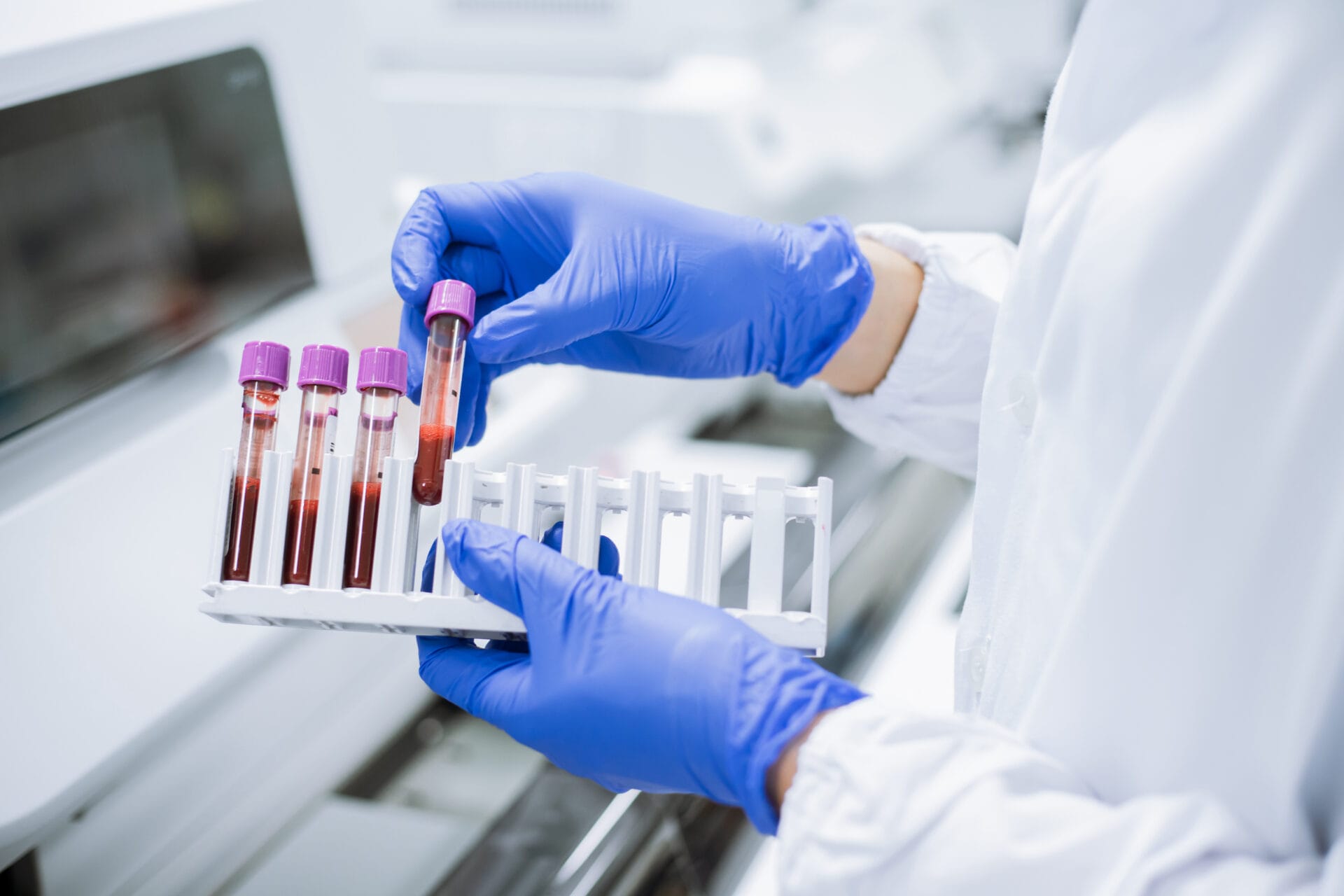What are haemophilia A & B?
Image credit: Shutterstock

Haemophilia A and B are two conditions characterised by slow or inefficient formation of blood clots, leading to prolonged bleeding and spontaneous internal bleeding.
- Haemophilia A and B are inherited conditions where one of the proteins required for blood clotting is missing or faulty.
- Both are recessive sex-linked genetic conditions, caused by mutations in genes on the X chromosome.
- Queen Victoria was a carrier of haemophilia A.
What are haemophilia A & B?
- Haemophilia A and B are inherited genetic conditions where the blood doesn’t clot properly. This means that when bleeding starts it does not stop for a long time.
- Haemophilia A is caused by a mutation in the F8 gene while Haemophilia B is caused by a mutation in the F9 gene. Both genes are found close together on the X chromosome.
- This makes the condition sex-linked, because it’s linked to the sex chromosomes.
- The genes are not found on the Y chromosome, so people with XY chromosomes will only have one copy of each gene. This means that people with XY chromosomes only need to have one copy of a mutated F8 or F9 gene to develop the condition.
- However, because it’s a recessive condition, people with XX chromosomes need to have two copies of a mutated F8 or F9 gene to develop the condition. If they only have one copy of the mutated F8 or F9 gene, they are a carrier.
- Haemophilia A is more common, affecting 1 in 5,000 people with XY chromosomes. Haemophilia B affects 1 in 40,000 people with XY chromosomes.
What is the biology of haemophilia A & B?
- The F8 and F9 genes code for the proteins Factor VII and Factor IX, respectively.
- These proteins play an important role in blood clotting and are called ‘coagulation factors’.
- Without these factors, the blood clotting process does not work as efficiently, and blood clots cannot form properly in response to injury.
- A mutation in either the F8 gene or F9 gene can result in abnormal or reduced amounts of Factor VIII and Factor IX. In some cases of severe haemophilia, the activity of these factors can be lost altogether.
- The result is continuous bleeding that can be difficult to control, leading to extensive blood loss.
What are the symptoms of haemophilia A & B?
- Haemophilia A and B have very similar symptoms that can range from mild to very severe, depending on how much the levels of Factors VIII and IX are affected.
- The main symptoms of haemophilia are bleeding, haemorrhaging and bruising.
- Healing after trauma or surgery often takes a lot longer in patients with haemophilia.
- Delays in clotting can cause internal bleeding that result in swelling and pain in the joints.
How are haemophilia A & B diagnosed?
- Doctors can determine whether a patient has haemophilia A or B by seeing whether symptoms are reduced by prescribing Factor VIII or IX.
- If Factor VIII relieves the symptoms of the disease the patient has haemophilia A, if Factor IX does it is haemophilia B.
- Genetic testing can also be used to identify whether the F8 or F9 gene is mutated and determine whether the person has haemophilia A or B.
How are haemophilia A & B managed and treated?
- Haemophilia A and B are treated with injections of Factor VIII or Factor IX into the blood.
- These injections are taken regularly to try to prevent bleeds occurring. Additional injections may be given in situations where bleeding is expected to occur, such as during surgery.
- Additional injection of clotting factors may be required in situations where bleeding may occur, for example, during surgery.
- Since 2022 and 2023, the first gene therapies have been approved by the FDA for use in people with haemophilia B and A, respectively.
- Unlike the regular injections, gene therapy helps people with the condition to produce their own clotting factors – so they may only need a one-off treatment.

“In the clinical trials we witnessed gene therapy bringing a momentous change to our patients. Knowing that they no longer need to have regular treatment expands their choices of deciding where to live, what profession to choose and gives them the liberty of engaging in activities that would not have been possible for them previously.”
Dr Rashid Kazmi, University of Southampton, who led the clinical trials for haemophilia A and B gene therapies.